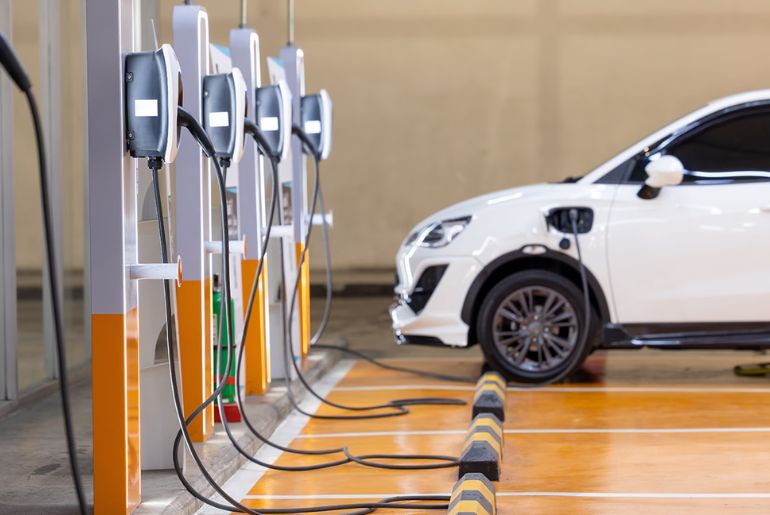India’s electric vehicle (EV) market is booming; the Federation of Automobile Dealers’ Associations (FADA) reports that sales of battery-driven vehicles reached 180,238 units in June 2025, a 28.6% year-over-year increase.
Leading the increase were electric passenger cars, which increased 79.95% to 13,178 units from 7,323 in June 2024 and took a 4.4% market share, up from 2.5% the previous year. Sales of electric two-wheelers (E2Ws) increased by a strong 31.69% to 105,355 units, and their market share increased from 5.8% to 7.3%.
With 60,559 sold, or 60.2% of all EV sales, electric three-wheelers (E3Ws) continued to be the leading segment. The largest increase was in the commercial EV market, which increased by 122.5% to 1,146 units.
FADA President C.S. Vigneshwar attributed this impetus to greater investments in EV and battery technology, better charging infrastructure, and government backing, particularly the PM e-Drive Scheme.
Even still, the construction of charging infrastructure is still not keeping up with the significant increase in EV sales. There is now just one public charging station for every 235 EVs on Indian roads, according to a CareEdge Ratings assessment, indicating a glaring discrepancy between vehicle sales and charging infrastructure.
“With only 26,367 public EV charging stations available, India currently has around one charger for every 235 EVs on the road,” said the research.
This emphasises how urgently EV charging station deployment must be accelerated to keep up with the nation’s sharp increase in EV sales.
According to the same report, India’s public charging infrastructure has expanded quickly, with a fivefold rise in EV charging stations from 5,151 in CY22 to 26,367 by early FY25, or a 72% compound annual growth rate.
According to the same report, the government’s Production Linked Incentive (PLI) programme for battery manufacture and tax waivers on essential minerals are anticipated to reduce EV costs and import dependency by up to 20% by FY27.
Although India’s EV ecosystem is developing swiftly, analysts predict that a steady increase of both public and private infrastructure will be essential to a seamless and long-lasting shift to electric mobility.

